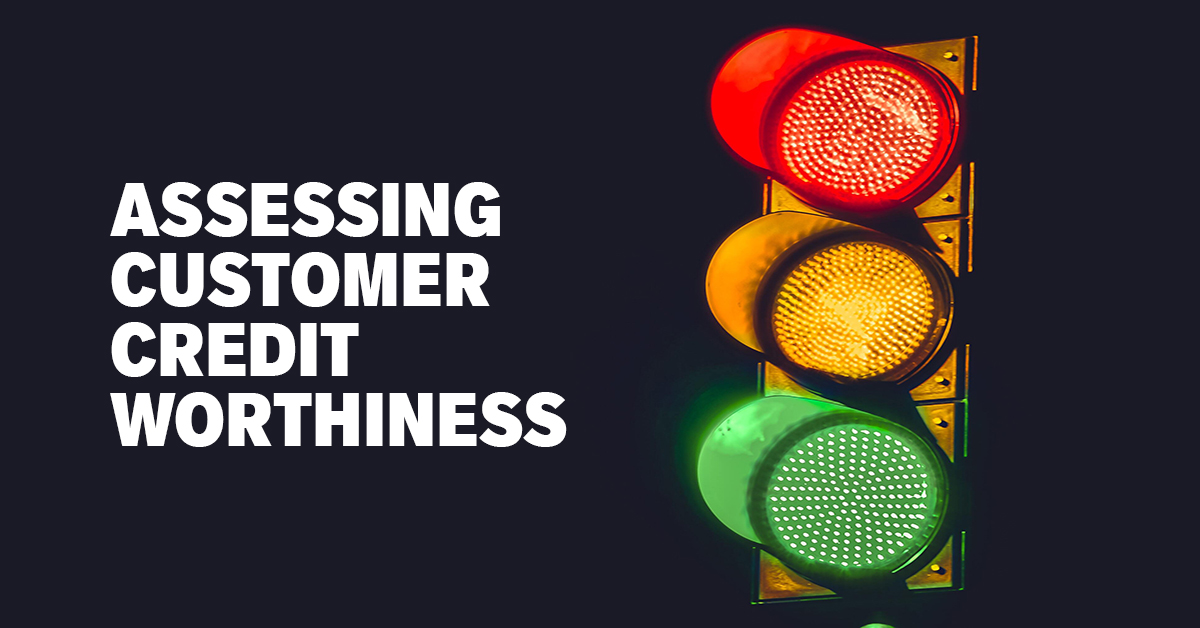One Hundred Year Old Technology
I have on my desk a 100-year-old eraser from the American Bonding Company of Baltimore, a gift from a good friend. Hard as a rock, the eraser isn’t much good for erasing anymore and even if it was, I don’t have much use for a pencil eraser in this day of emails and electronic files. But for me, this little eraser is an interesting reminder of the evolution of the surety industry. The eraser has a wrapper with information about the American Bonding Company: Capital of $1,000,000 (something to brag about 100 years ago); James Bond, President (no relation, but another Bond that was born for the job of running a surety) and a great technological claim that “This Company Can Execute Court Bonds on Telegraphic Order at More Points Than Any Other Company.”
If bonds on telegraphic order are the predecessors of electronic bonds of today, surety has not advanced that much since the days of the American Bonding Company. We aren’t using telegraphic orders and fax machines are rare (though not extinct). But how many bond agencies still have IBM Selectric typewriters to fill out bond forms? Is an email sent to authorize somebody to sign a paper bond much different than a telegraphic bond order from a hundred years ago? Except for the image of some guy wearing a stiff white collar and green eye shades clicking away in Morse code and a clerk with great handwriting signing a bond with a fountain pen and a flourish, it is not much different.
The Challenge of Technology
Surety and technological advancement are rarely synonymous. As I have talked to people around the industry, I hear many different reasons why: a highly fragmented industry; obligees that are hesitant to change; a great variety of bond forms make digitization difficult, a surety department that is an afterthought for most carriers, and the classic “why change something that has worked for 100 years?” It is hard to change an industry where some obligees still want to see raised seals and wet signatures on bonds. In this era, where technology is driving so much innovation and efficiency, the idea of raised seals and wet signatures is quaint, but archaic and inefficient. Getting the surety industry to agree on any technological solution, let alone adopt it, has been elusive.
Just one example of where surety is being left out of the trend for digitization is in Florida. In 2016, the Florida Department of Transportation (FDOT) instituted an electronic contracting and paperless initiative, where all contract documents are required to be transmitted, amended and executed electronically. How about the surety bonds? Those requirements did not change. Hand-signed bonds, along with the executed power of attorneys, still need to be sent in the old-fashioned way. Though to FDOT’s credit, they have performance bond forms online, so that standard bond forms can be downloaded by the contractors. A step in the right direction.
The Digital Future of Surety Bonds in the US
In spite of the challenges, there are developments occurring in the US which are paving the way for more digitalization in the surety industry. The surety industry-wide working group on XBRL may lead to a common, electronic format for reporting financial information and WIP schedules. This will greatly improve the efficiency of the underwriting process. On the commercial surety side, electronic bonds are becoming accepted by some obligees, though at a slow pace. Surety software vendors are selling solutions that allow the automated issuance of small commercial bonds based on the standardization and simplification of underwriting information, an automated underwriting process and a database of bond forms.
Efforts in the digitalization of surety in Europe are well ahead that of the North America. Electronic bonds are becoming more frequent. Some carriers in Europe are actually piloting the use of block chain for surety bonds. Block chain is an open, distributed electronic ledger that can record transactions between parties efficiently and in a verifiable and permanent way. In essence, it is an electronic record that can be shared and any changes to that record (the blocks) are added to the record so that everyone who has access to it can see the history of modifications (the chain). If you think about that in the context of the surety bond – the bond is the record – only the surety may have the ability to create the record. But the contractor and obligee have electronic access to the record. They may be able to amend the record – adding links to the chain - with the notice of a claim or an amendment to the contract total – which then is visible to all the parties. Block chain is in early stages, but it does hold promise for increased transparency and efficiency under the right conditions.
As one of the largest surety underwriters in Europe, Euler Hermes is undertaking its own drive for further digitalization. Euler is taking advantage of the developments in the European market to implement digital bonding, online access to customer and bond information, and more streamlined approaches to bond issuance. The work the Euler Hermes is doing will make the underwriting process more streamlined and transparent and speed the issuance of bonds for our customers. Here in North America, it is our task to adopt that technology where we can, to ensure we are on the cutting edge of surety technological development.
The Need for Surety to Innovate
One thing is clear, as a surety, our customers are constantly being pushed to innovate and adopt new technology: drones, BIM and 3D printing to name a few. Surety may be lagging in its adoption of technology. But it is incumbent upon the surety industry to continue to embrace technology to improve our efficiency, to make sure we are keeping pace with our customers, and to ensure we are providing bonds in the form, whether electronic or paper, that customers and obligees need.

















